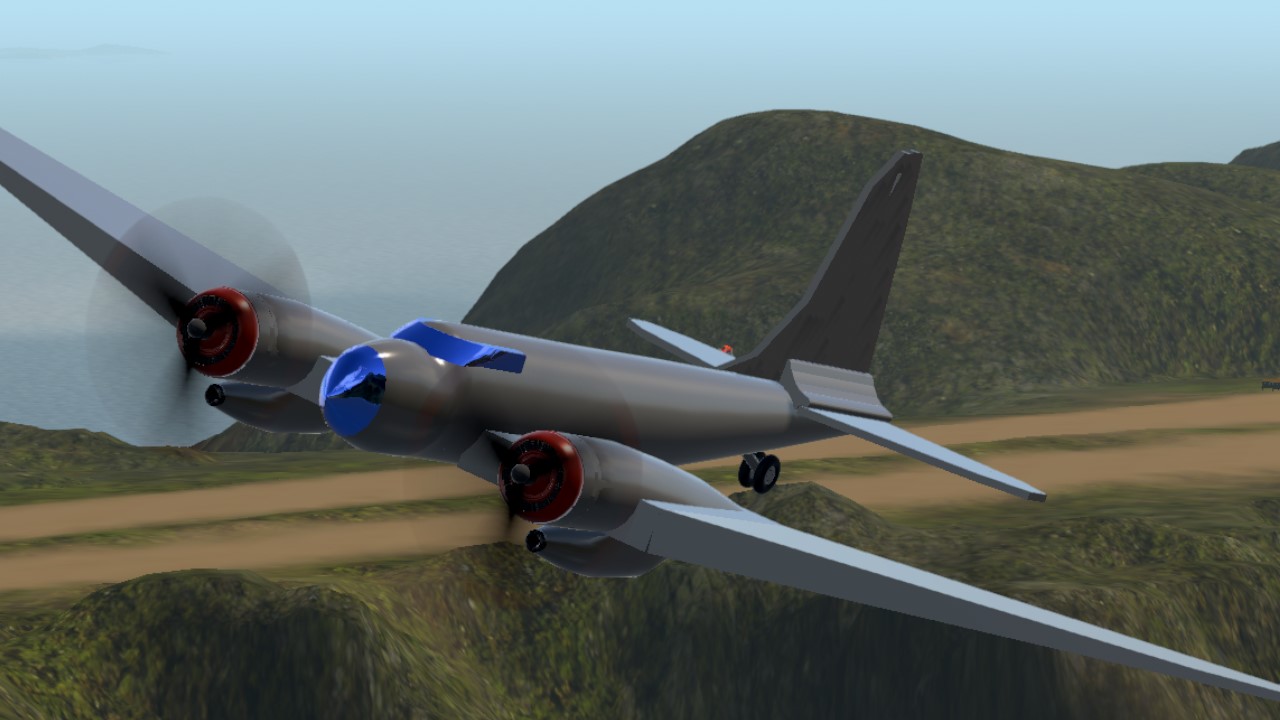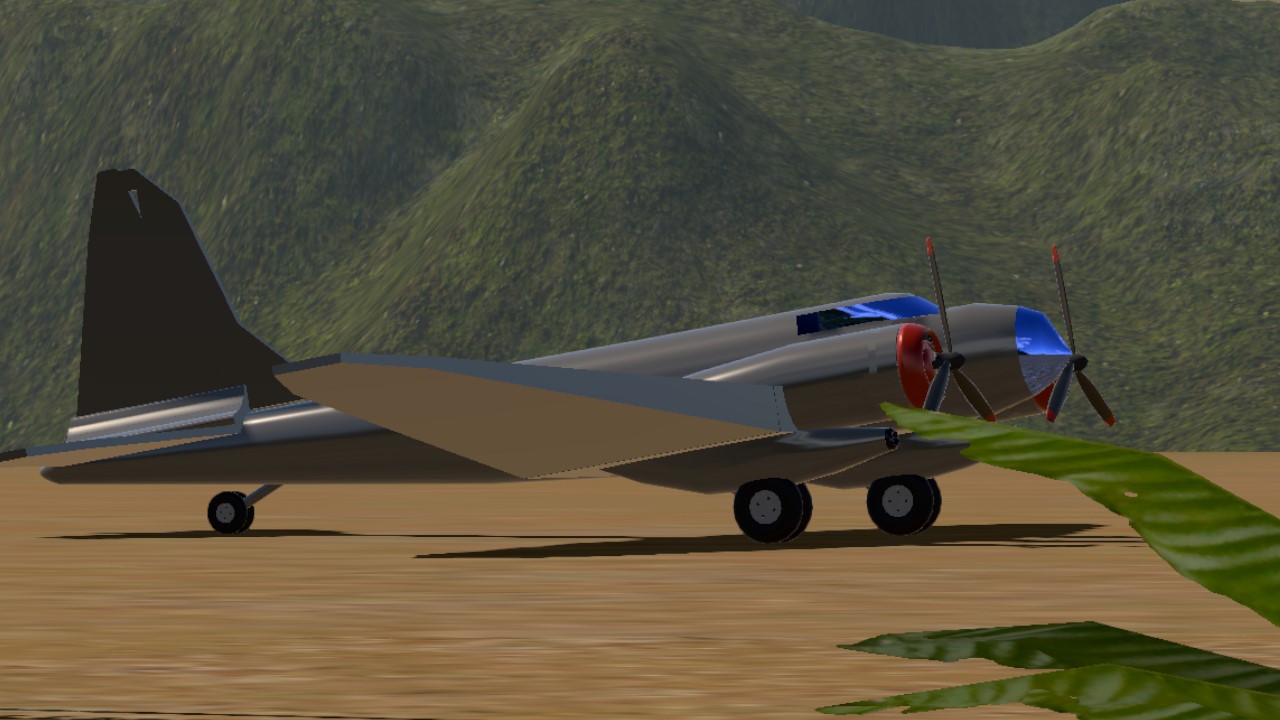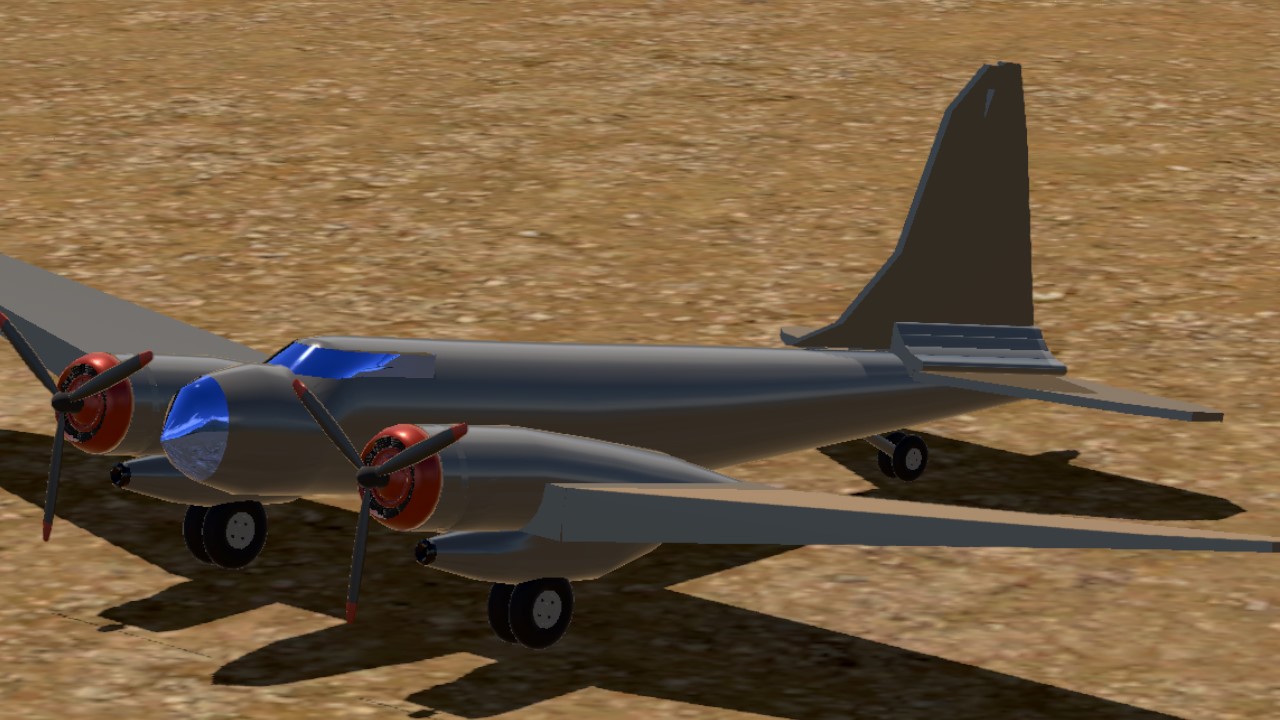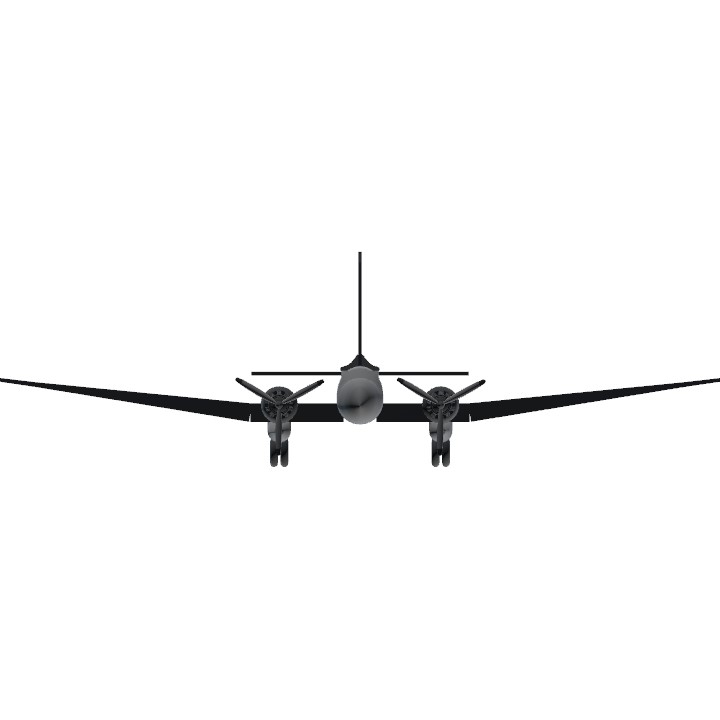
The Douglas B-23 Dragon is an American twin-engine bomber developed in the 1930s by the Douglas Aircraft Company. Designed as a successor to the B-18 Bolo, the B-23 is derived from the DC-3 airliner, from which it takes up the wing, tail and engines but has a new fuselage, adapted for the bomber. Equipped with Wright Cyclone engines developing 1,600 hp each, the B-23 can reach a speed of 450 km/h, carry 1,800 kg of bombs, has improved defensive armament and its range reaches 2,250 km.
Although more capable than the B-18 it was to replace, the B-23 could not compete with later medium bombers like the B-25 Mitchell and B-26 Marauder, and only 38 were built. It does not carry out a bombing mission, its role being limited to patrol along the west coast of the United States and then to that of training aircraft for the crews. 18 aircraft are converted into transport aircraft and glider tugs under the designation UC-67; after the war, several B-23s were sold on the civilian market and some were used until the 1970s.
Specifications
General Characteristics
- Created On Windows
- Wingspan 63.2ft (19.3m)
- Length 41.4ft (12.6m)
- Height 18.8ft (5.7m)
- Empty Weight 9,921lbs (4,500kg)
- Loaded Weight 13,208lbs (5,991kg)
Performance
- Horse Power/Weight Ratio 0.529
- Wing Loading 21.8lbs/ft2 (106.6kg/m2)
- Wing Area 604.8ft2 (56.2m2)
- Drag Points 4952
Parts
- Number of Parts 103
- Control Surfaces 6
- Performance Cost 645






